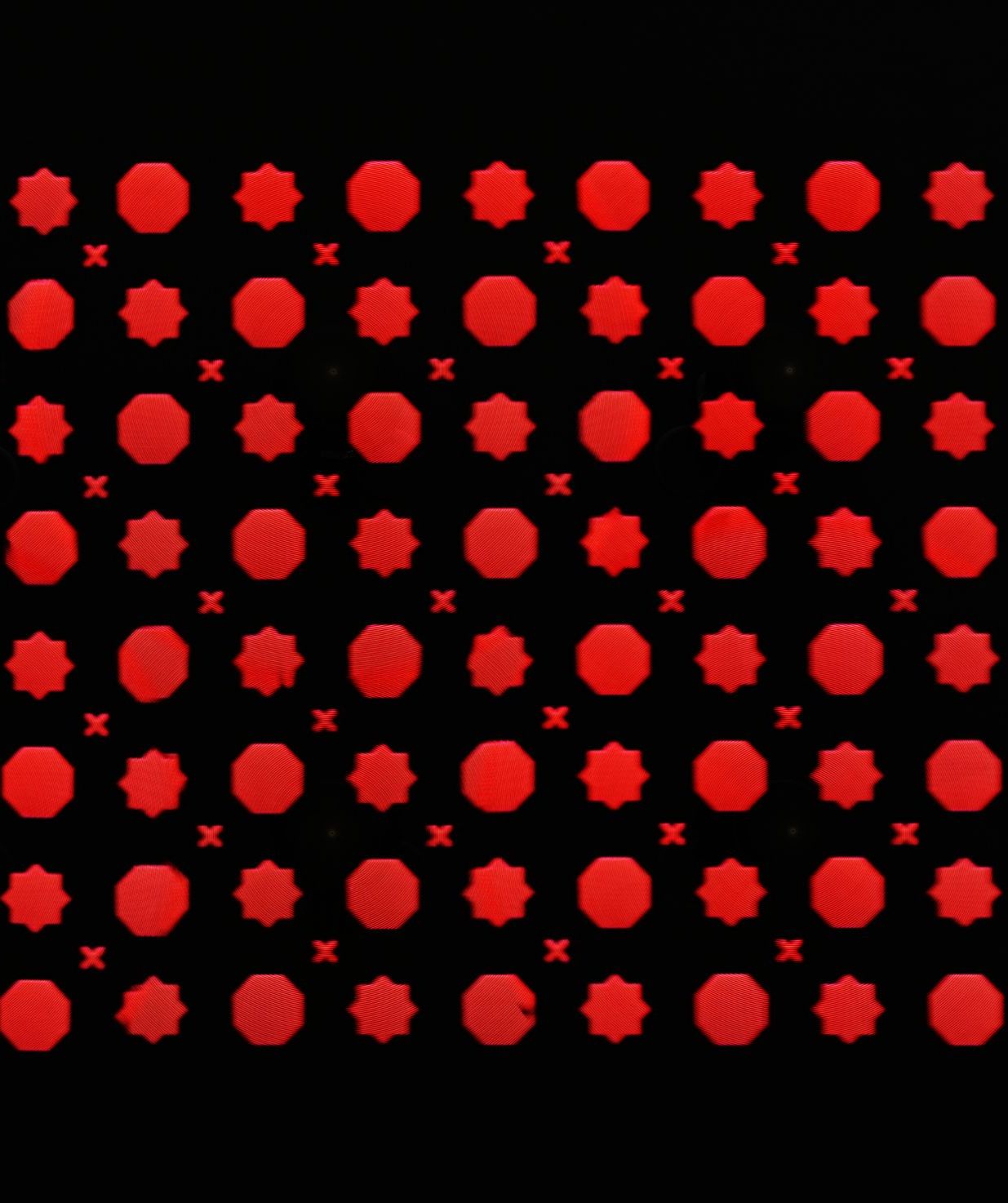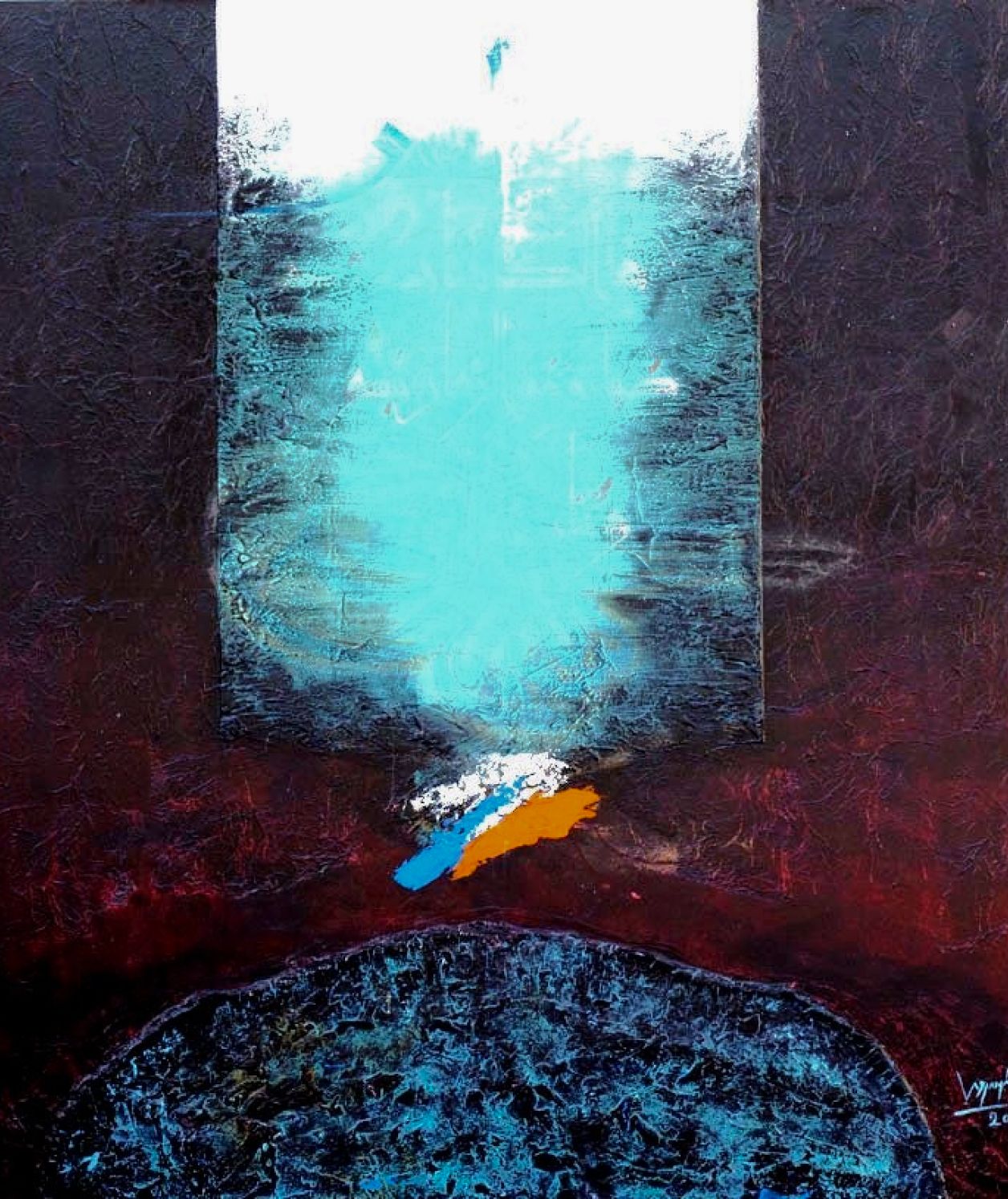The Kaleidoscopic light in Islamic art
The art and play of light inside Dr Sami Angawi’s home. Courtesy of the artist.
A true legend in the field of Islamic and traditional architecture, shares his poetic and philosophical view in an exclusive interview with Ithraeyat on the beauty and art of ‘light’ in traditional Islamic architecture and light’s subtle yet important role in our lives.
“There are important distinctions made between the different types of light in the Quranic verses, and there is a lot of depth and meaning in the concept of light,” he said.
“Noor verses Duu, and in connection with the moon and the sun, where the Quran says ‘And hath made the moon a light therein, and made the sun a lamp?’ (Qur’an 71:16),” said Dr Angawi. “You can find out a lot about concepts and traditional way of life if you go back to the roots of the Arabic words. I use the Arabic language, the Qur’an, the Hadith as my reference, for instance Wudu (ablution) is linked to Duu, where Wudu brings light into our life as we make our wudu before prayers,” he said.
He pauses before adding: “Noor is closer to a feeling, and Duu is linked more to a touch.”

The art and play of light inside Dr Sami Angawi’s home. Courtesy of the artist.
Allah is the Light of the heavens and the earth. The similitude of His light is as a niche wherein is a lamp. The lamp is in a glass. The glass is as it were a shining star. (This lamp is) kindled from a blessed tree, an olive neither of the East nor of the West, whose oil would almost glow forth (of itself) though no fire touched it. Light upon light. Allah guideth unto His light whom He will. And Allah speaketh to mankind in allegories, for Allah is Knower of all things.” (Qur’an 24:35)


The art and play of light inside Dr Sami Angawi’s home. Courtesy of the artist.
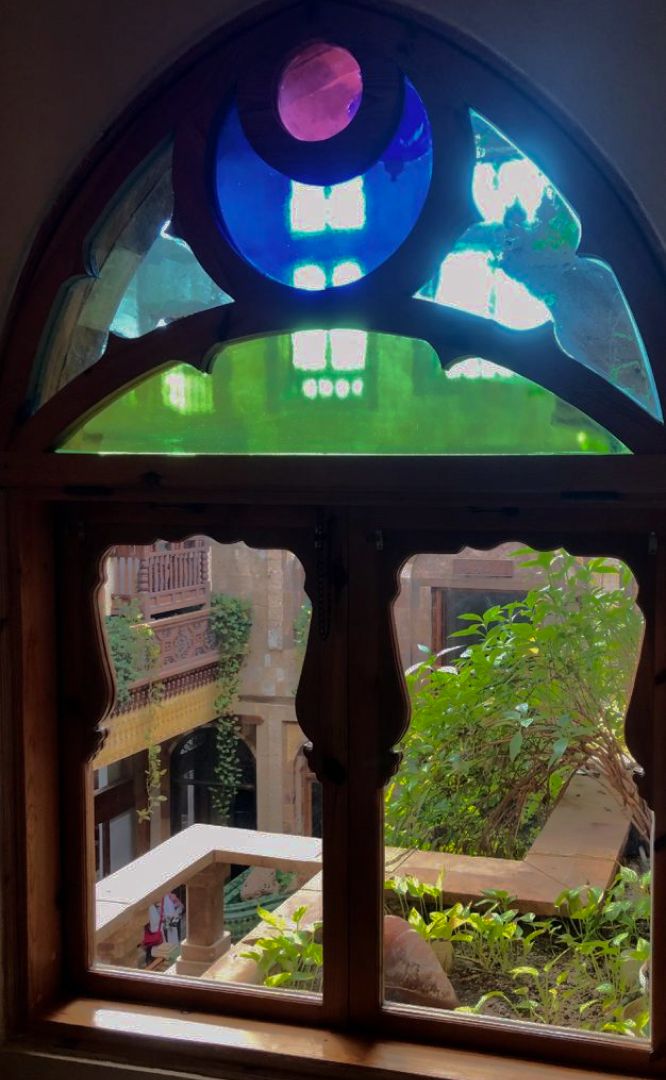
The art and play of light inside Dr Sami Angawi’s home. Courtesy of the artist.
Dr Angawi’s home in Jeddah is a famous landmark —‘Dar Al Makkiyah’—a mansion of Islamic and Hejazi traditional architecture and an exquisite representation of a traditional Makkah house. Every corner tells a story, from radiant colors via stained glazed glass, rich patterns (geometric and flora), symmetrical silhouettes, and distinct windows covered with the traditional ‘mashrabiya’, a screen of beautifully carved wood latticework. The word "mashrabiya" is said to come from an Arabic root meaning the "place of drinking," which was adapted to accommodate the first function of the screen: "the place to cool the drinking water.” Riddled with colorful plants and vegetation, the rooms are well lit with the right amount of draft and light.
“And natural light doesn’t cost any money,” joked Dr Angawi. “Balance, Al Mezan, a duality, is an important concept in Islamic tradition, architecture and life. The balance between modernity and tradition, between privacy and openness, stability and dynamism, and the right balance of light makes a great difference in the feel of a room and its function. Harmony is in the balance of things and ideas,” said Dr Angawi. “In the old mosques, they had a ‘Mezwala’ a sundial, a sun-shadow clock , so they can calculate prayer times. The light of the sun plays an important role in our Islamic tradition, with the sunrise and sunset defining our fasts and our prayers.”
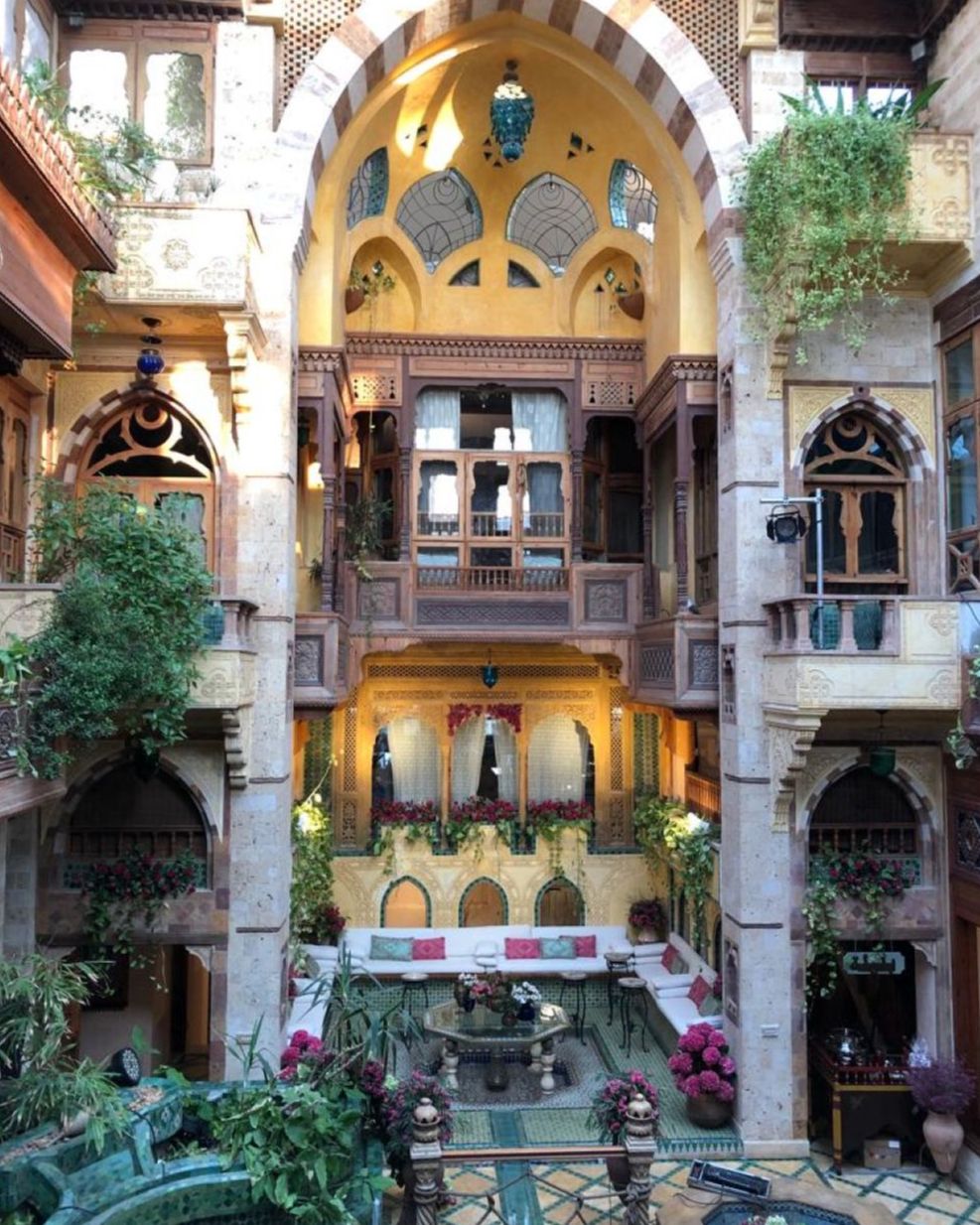
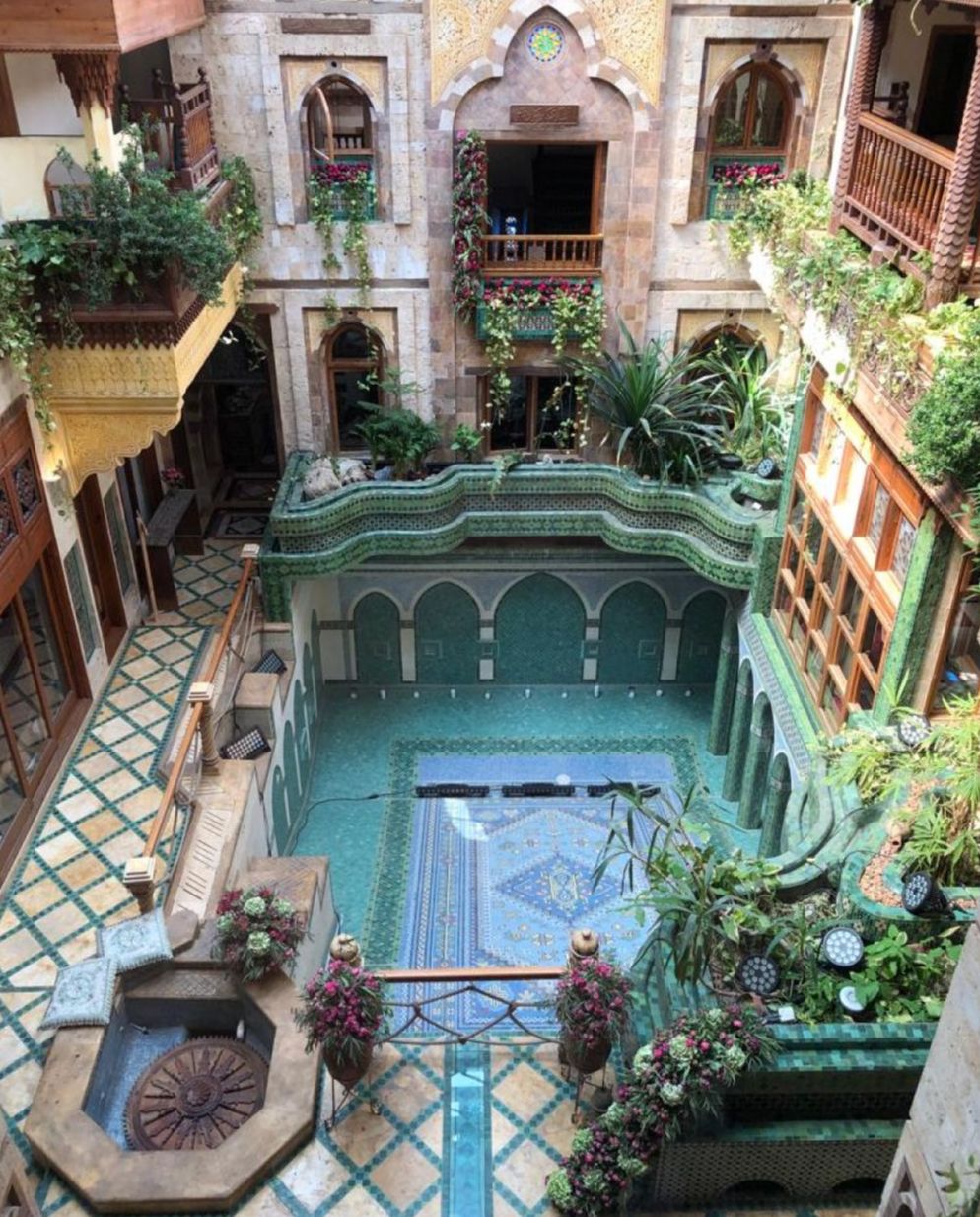
“Mostashfa” (originated from the word Shefa -healing) and Hospital, from hospitality. “So it became a place of healing and welcoming,” he said. His latest project is focused on capturing the past, for the present and the future, a “Virtual Heritage” — a virtual museum— with a focus on the Two Holy Mosques of Makkah and Madinah. Through a lifetime of conducting research and compiling material on the history of hajj, the two holy cities and the wider Hijaz region, Dr. Angawi holds one of the world’s largest archive collections on the subject.
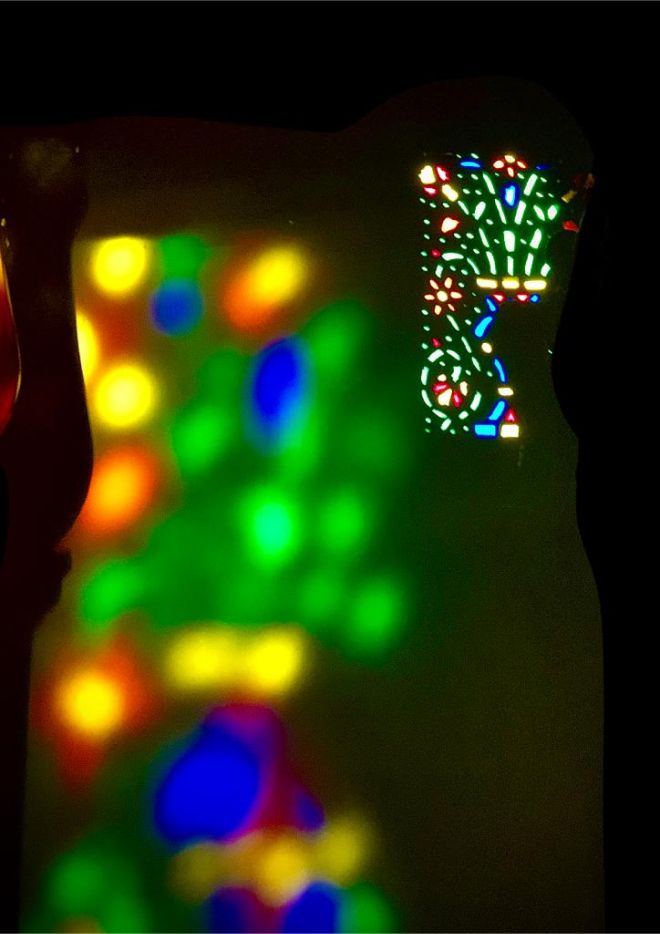
The art and play of light inside Dr Sami Angawi’s home. Courtesy of the artist.

